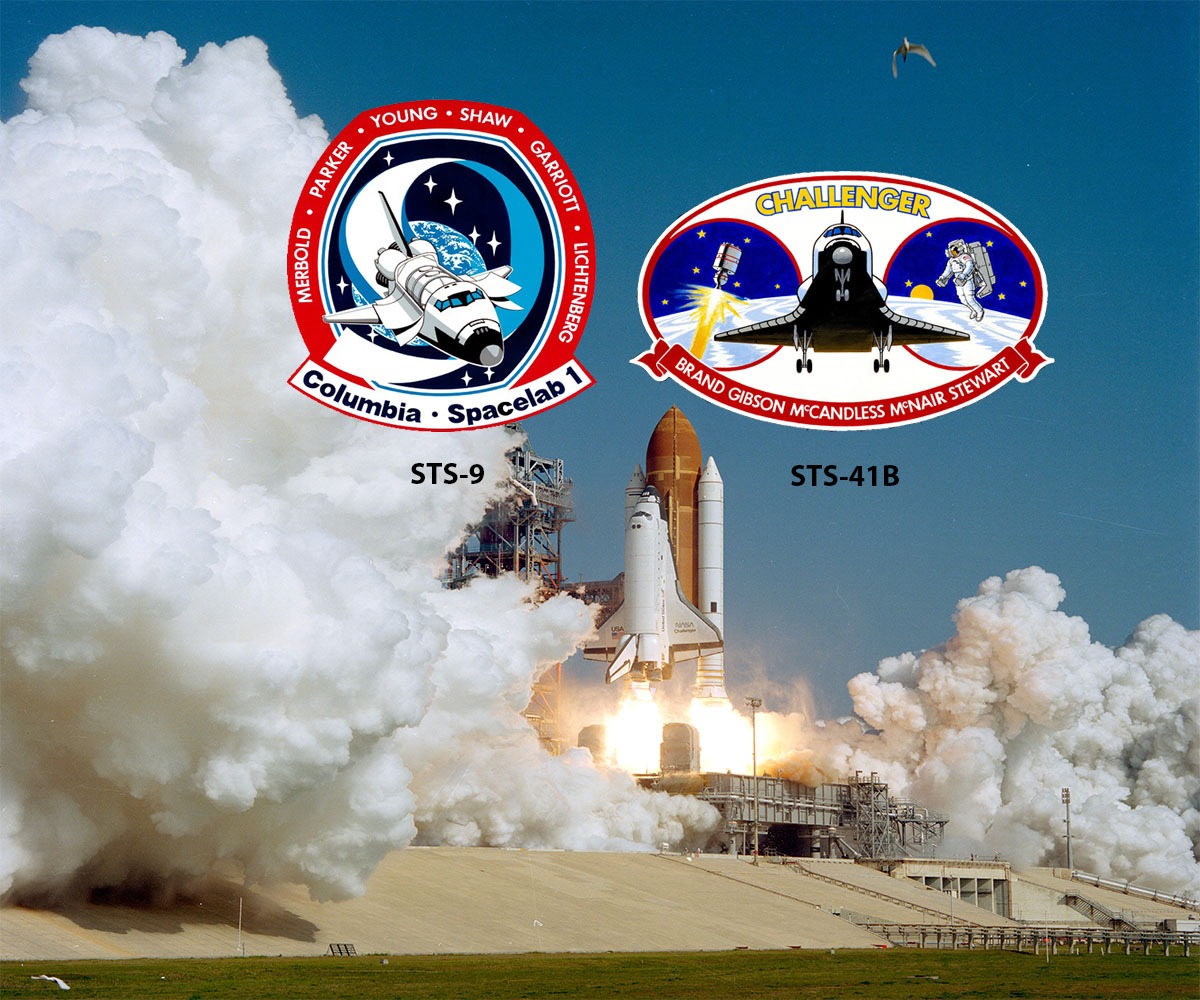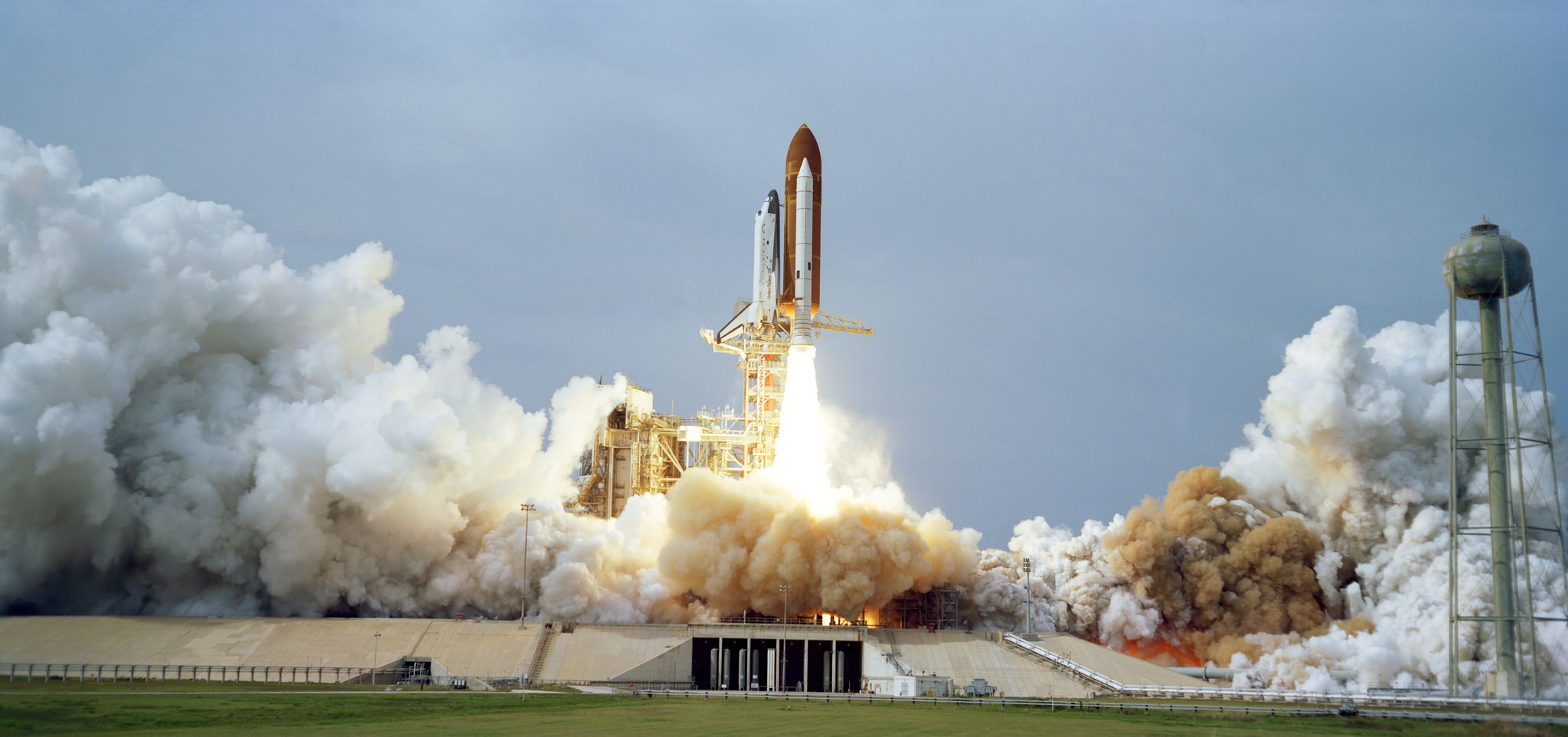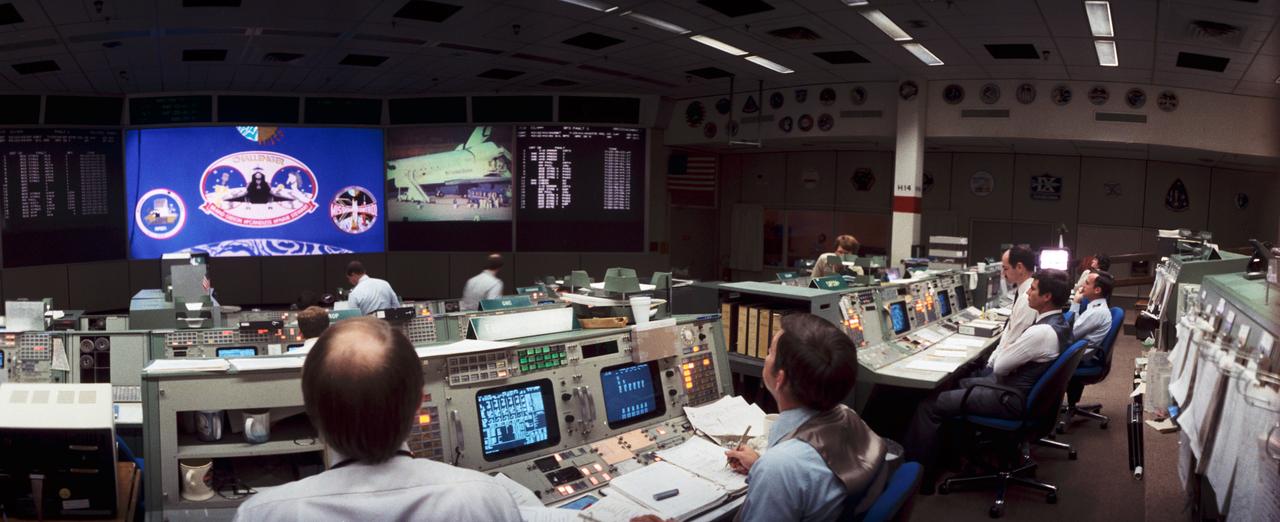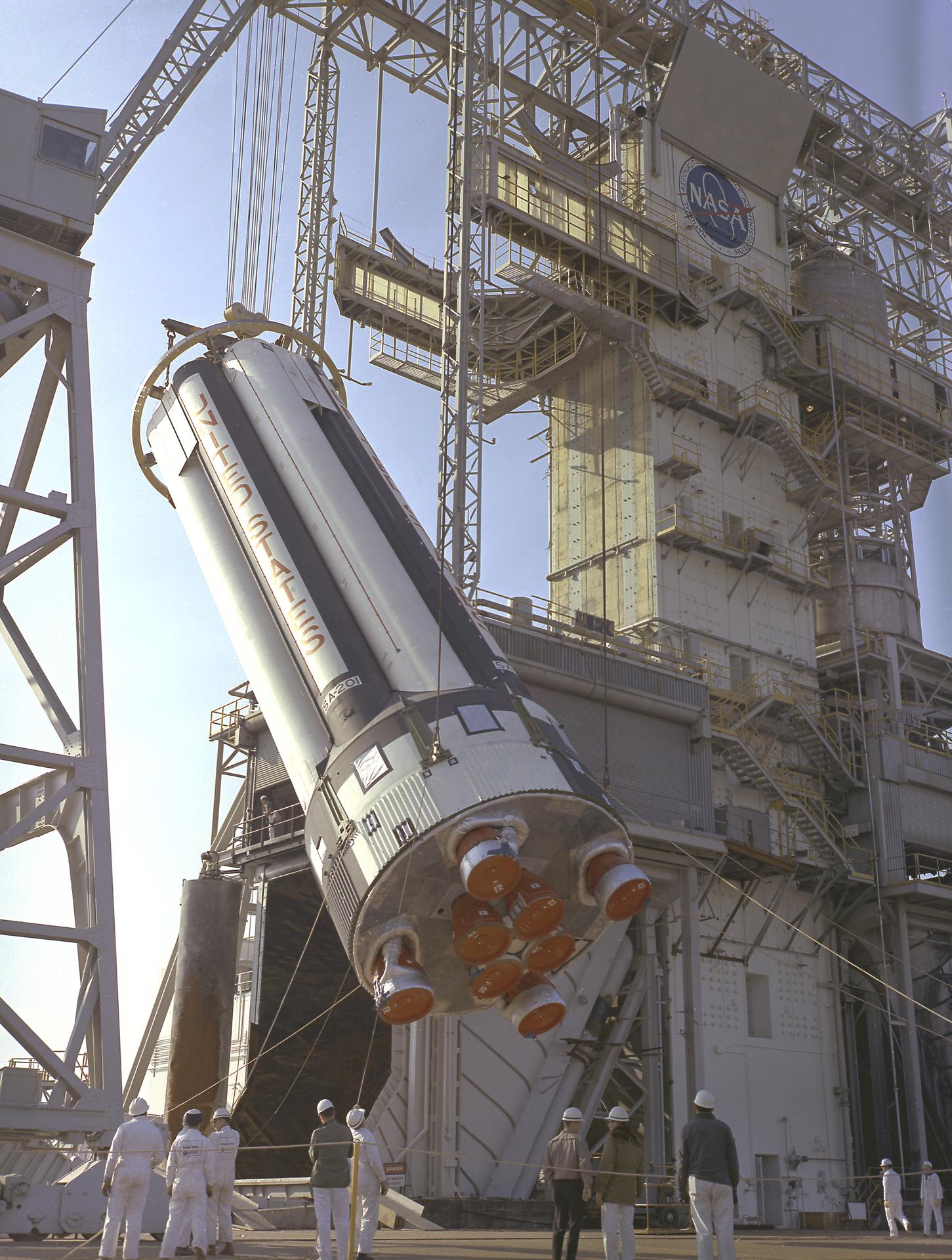The thunder of rocket engines rolled across the east coast of Florida as the Space Shuttle Columbia, mission STS-9, launched from NASA’s Kennedy Space Center (KSC) on the morning of November 28, 1983. It was another exciting yet, in all the best ways, uneventful launch. Just over two months later, on February 3, 1984, NASA launched the next mission: the Space Shuttle Challenger, with the flight designation STS-41B. Wait… what? How does STS-41B follow STS-9?
Numbering the Missions
From STS-1 to STS-9, Shuttle missions had simply been numbered in sequential order. STS-1 was followed by STS-2, which was followed by STS-3. This pattern continued up to STS-9. So why did the next mission numbering jump all the way to STS-41B? The short answer is that NASA changed its flight designation system starting in 1984 in response to the growing complexity of its launch manifest.
The new system of designation tried to pack more information into the flight number than a simple sequential ordering could. The “STS” in STS-41B still stood for Space Transportation System, as it always had, but the numbers took on new meaning. The first number, in this case “4”, represented the fiscal year in which the Shuttle launched; in this case, 1984. The second number, in this case “1,” was originally intended to designate from which location the Shuttle would launch. A number “1” would stand for Kennedy Space Center and a number “2” (although it was never used) would have denoted Vandenberg Air Force Base (AFB). Finally, the letter in the designation marked the Shuttle’s launch sequence for that fiscal year – “B” in this case denoting that it was the second planned launch for Fiscal Year 1984. (Note: the United States fiscal year runs from October 1 to September 30.)
Why Did the Numbering Change?
Some have suggested this system was created solely to avoid then-NASA Administrator James Beggs’ triskaidekaphobia, or fear of the number 13. As former astronaut Paul Weitz recalled, “He didn’t like the number 13. So he didn’t ever want any mission numbered 13, so we went through this system.” This explanation behind the designation change was so widespread that the astronauts who flew on STS-41C, what would have been STS-13, created their own “Black Cat” mission patch. Former crewmember James “Ox” Van Hoften recalls, “We flew around with our STS-13 patch on, and that was a lot of fun. We ended up landing on Friday the 13th, so that was pretty cool.” While this is an appealing story, especially given the unlucky events on Apollo 13, it is not the full story.
In reality, NASA anticipated a much greater frequency of launches as the Space Shuttle system moved into full operations at two sites. Plans called for up to 50 launches per year with Vandenberg AFB launching Shuttles into a polar orbit, while Kennedy launched them into an equatorial orbit. On top of that, NASA was planning the payloads and launch dates for the Shuttles years in advance. Delays and cancelations threatened to push the Shuttles out of sequential order anyway, so the new system was designed to prevent this confusion. Unfortunately it was not very successful in this department. Shuttles were still launched out of order, i.e., STS-51B launched a full three months after STS-51C, and some designations were never used at all. For example, although there was an STS-41G, there was never an STS-41E or STS-41F.
Simplifying the System
The more complicated flight designation system quickly waned in popularity for a long list of reasons. The system was finally overturned after January 28, 1986. The tragic flight of the Space Shuttle Challenger, STS-51L, forced NASA to reconsider the plans for a very large number of Shuttle flights per year. In the interest of safety, fewer launches were planned. The launch site at Vandenberg, Space Launch Complex-6 was abandoned. So, the need for such a complicated flight designation system evaporated. The Shuttle return to flight mission on September 29, 1988 was simply designated as STS-26.
NASA relied on a sequential flight designation system for the rest of the Space Shuttle program all the way through STS-135. Making the switch did create a few inconsistencies. For example, the Shuttle flight manifest not only shows STS-41B, -41C, -41D, and -41G flown in 1984, but also STS-41 flown in 1990. The same goes for STS-51 and STS-61. While the return to the original numbering system reduced confusion, it did not resolve the issue of Shuttle missions launching out of numerical order. STS-94 launched a full two years before STS-93 launched. During those two years, missions STS-85 to STS-91 lifted off into orbit. Still, the straightforward numbering system was the preferred method. The Shuttles and their payloads were assigned their flight designations when the mission was planned, not when the mission would be launched.
Interestingly enough, NASA considered at one point changing the designations as the launch order changed, but officials quickly realized that this would have confused too much of the mission paperwork. Once the flight designation was assigned, it stuck. No more changes could be made. That way, no matter what delays or reschedulings moved the launch around, the designation for a mission would be the same—from the day it was first planned to the day it landed.
Robert B. Collom
NASA History Division Intern, Fall 2016

































